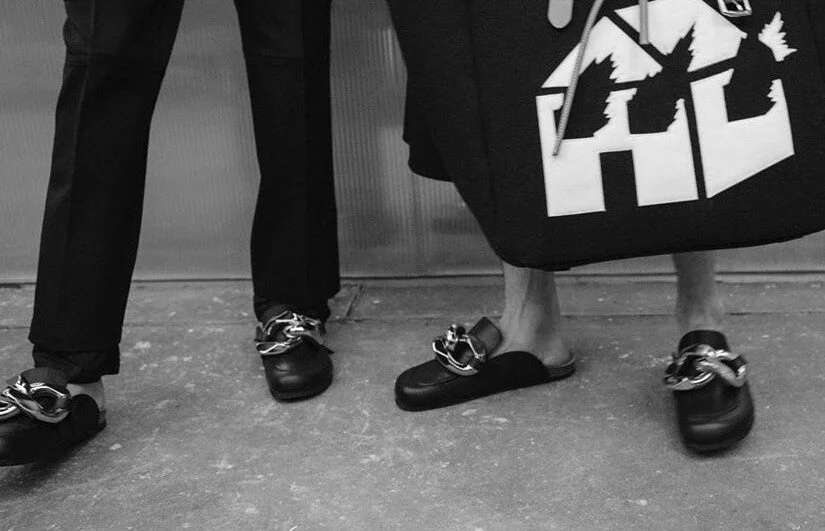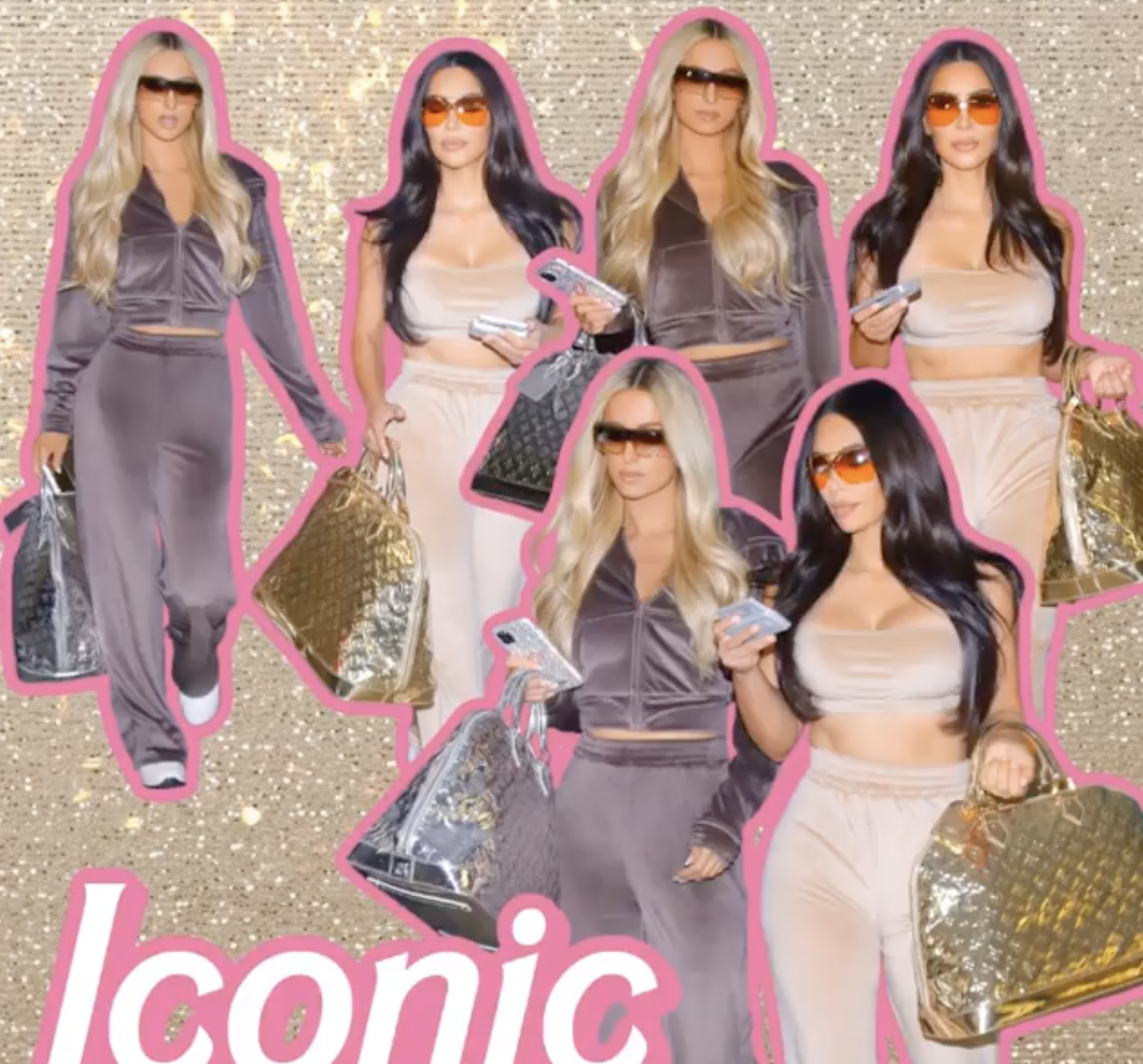by Susanna Nicoletti
In a time of uncertainty and chaos, Italian fashion icon Giorgio Armani rapidly emerged as one of the few leaders to take a stand from the start.
Giorgio Armani founded his Italian eponymous brand in the mid-‘70s, a decade that saw austerity, Cold War and violent terroristic attacks across the globe, Italy included.
The company grew thanks to private ownership, long-term vision and a genius designer-turned-entrepreneur who founded a 2.1 billion euro fashion giant covering categories such as hospitality, cosmetics, concept stores, business apparel and accessories.
Giorgio Armani is a fashion pioneer who helped pave the way for professional women by dressing them in stylish jackets and pants and developing one of the most authentic and strongest bonds with Hollywood celebrities, well before celebrity endorsement became a must for all luxury brands. Who can forget Richard Gere in “American Gigolo”? Armani opened the first stores mixing selling floors and restaurants, such as Florence Piazza Strozzi at the Doney’s, Paris’ Saint-Germain and many others. He also bought the Milan basketball team Olympia, a flagship for his pride of being Italian and Milanese.
Armani introduced the androgynous style for women well before gender-fluid fashion exploded and he was the first to open a concept store, like the one in Via Manzoni in Milan where you can find Armani-styled flowers, chocolates, books selections and more.
In addition to his success as a businessman, he has time and time again proven to be a man of principle. Armani was the first big name in fashion to ban models with a body mass index (BMI) under 18 after the tragic death of a model. When it comes to his spirit of innovation, it was no surprise that he was the first one to broadcast a fashion show on the internet in 2007.
Giorgio Armani created a lifestyle and a way of being. He hates baroque and thinks that less is more. He’s loved by the likes of Cate Blanchett, Sophia Loren, Tom Cruise, Eric Clapton, and Leonardo Di Caprio, but he is often neglected by his own colleagues of the fashion and luxury industry for his outspoken nature.
Armani in the Age of COVID-19
In a fashion world rich with political correctness (if not hypocrisy and double standards), Armani has always been the fashion leader to share his blunt point of view instead of being falsely polite.
In these days he found himself, once again, at the helm of an industry-only devoted to unstoppable double-digit growth, rather than the creation of beauty and purpose.
During February 2020 Milan Fashion Week, Giorgio Armani was among the few whose show was moved behind closed doors for respect to all the guests and people involved. At the time, the red zone of COVID-19 was just a few kilometers from Milan and the city was already overwhelmed with hospitals full of by critically-ill patients.
He was the first one to donate to Milan hospitals and the first (and only one) to buy 60 full pages in Italian newspapers to send out tributes to healthcare workers coping with the dimensions of the emergency. He reconverted all his factories in Italy to make overalls for doctors and nurses.
He also sent out a very sharp message to the world: continuing to manage a fashion industry as it was before would have been immoral. Armani was one of the first luxury powerhouses to broadcast that he was not willing to sell his pieces, created with love and passion, to see them disposed of after a few months. He believes that the pace of the so-called luxury industry is similar to the heavily criticized fast-fashion.
In such an uncertain and chaotic time, he rapidly emerged as one of the few leaders, and not only in fashion.
Luxury Recovery & Moving Forward
While according to Matteo Lunelli, chairman of luxury brands association Altagamma, most luxury brands are expecting a speedy recovery, partially due to the “revenge spending” that seemed to surge in China. The main concern is not for brands’ resilience against the lockdown shock, but the survival of the supply chain. Even the biggest consulting firms are ready to sell pre-made guidelines for getting back on track quickly. Many fashion and luxury brands that are distressed by such an unexpected event cannot wait to see a bounce back. But caution is advised.
Armani believes that “the crisis is also an opportunity to get back to the value of authenticity. Special events must be dedicated to special moments, they cannot be routine.”
Of course, there will be a Darwinian selection and a polarisation in the industry between companies able to understand the global markets and new signals (and to proactively act accordingly, finding new solutions to old problems) and the ones waiting for China to save them, without even putting under discussion an obsolete way of managing brands.
Luxury is undergoing a severe restructuring and will see most brands relying more and more on the Chinese one as the main, if not the only, target market. The local mainland subsidiaries will become a relevant headquarter and collections will be catered to making Chinese customers happy and fulfilled.
Even if China is also experiencing the highest decrease of GDP for the first quarter of 2020 since 1992 (-6.8 percent), the country will still lean toward prestigious luxury goods made in Europe to keep their people motivated to invest their time in hard work.
The luxury goods industry and the Chinese market have become deeply intertwined and dependent on each other, and China won’t leave the luxury brands alone, pushing for their desirability and attraction. This will be a free pass for most of the brands in need of a strong boost.
Global Outlook
But, will China be enough for the future of luxury? What about the rest of the world, much neglected in the past years by the luxury industry?
The Western countries are facing, with more transparency than its Eastern neighbors, a huge meltdown due to the tragic mix of health emergency and lockdown financial crisis.
Europe and the United States, two of the most strategic regions for the luxury industry, have seen entire luxury streets of shopping shut down for weeks. The supply chain is suffering and there is, so far, no emergency exit for the implications that await.
Western Europe and the United States have been deeply impacted and are now facing unknown consequences of COVID-19. They have been the cradle of fashion, style, luxury, craftsmanship, and an entrepreneurial spirit.
Will they give up completely on luxury items? Will the concept of luxury be transformed into a new category?
A British survey commissioned by the Royal Society of Arts, alongside The Food Foundation, showed “a real appetite for change,” with “people trying new things and noticing differences, at home, in their work, and in communities” and that “the British people are increasingly aware that the health of people and planet are inseparable and it’s time for radical environmental, social, political and economic change.”
The report states that just 9 percent of Britons want life to return to normal after the coronavirus outbreak is over. While these results might be also the outcome of a survey made in a very emotional time, it’s also true that many people received a powerful shock that it is very unlikely that things will resume exactly as before.
A New World of Luxury?
The desire to invest money in meaningful products and activities will create space for new fashion entities to be founded and thrive.
The “old world” successful brands managing empty businesses will be put under the test, and most of them won’t be ready to survive the pressure, instead of turning to an obsessive focus on China, where the competition will be fierce.
A new world of fashion and luxury, as anticipated wisely by Giorgio Armani, will have the chance to go up on stage and have proper visibility.
The castes of fashion insiders and fashion victims lacking true, the authentic purpose will be blown away or relegated to minor roles. New communities made up of intelligent and wise leaders will start creating a new meaningful way of creating luxury.
And something even more unexpected compared to the wished for “new normal” will happen: more Chinese customers, aware and mindful, will rise to the occasion and show their appreciation for transparency and authenticity.
Who knows what China will look like in five years? Who can say if China will continue to be the same as we knew in 2019? What kind of impact will this shock have on the younger generations of China, willing to live in a more edifying world and ready to do their best to promote it?
A brand-new chapter will begin.
On different bases and premises, an obsolete world may become just a memento.
And one day we may have forgotten those ugly, poorly-fitted, provocative products sold inhomogeneous stores across the world, but everybody will remember the uplifting love letter to the world written by Giorgio Armani.
Because he showed all of us that difficult roads often lead to beautiful destinations, but only if we are able to re-think the system.
Cover image: Giorgio Armani.




















































.